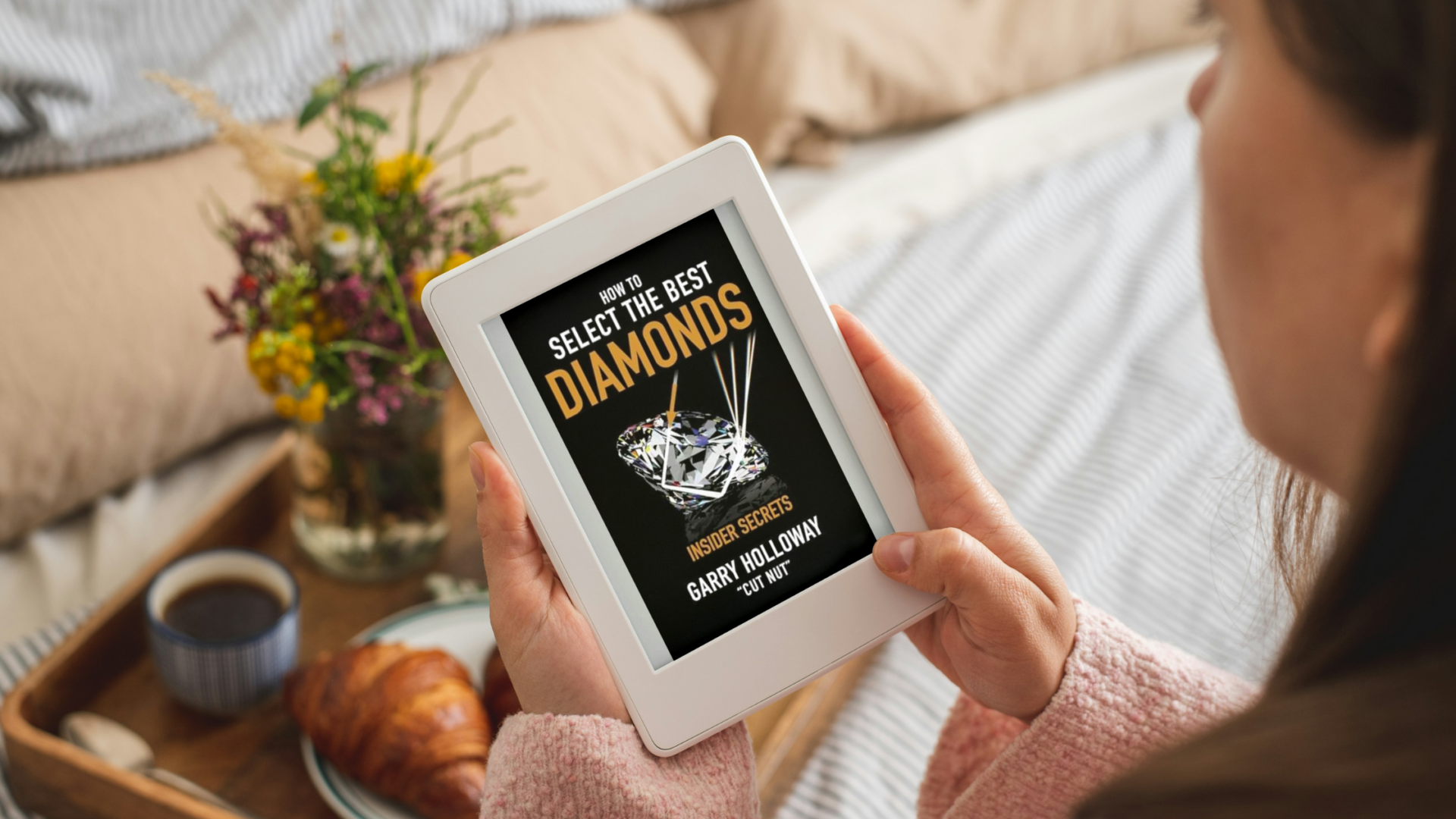I am a big fan of the HCA. It was an invaluable tool in selecting my fiance''s stone, which happens to be stunning.
Having read about various criticisms, some more fair than others (e.g., focusing on the major facets), I have not read too much about the relative weightings of brilliance, fire, scintillation and spread - other than it being based on Gary''s preferences. For the most part I agree with them, but for one difference: I enjoy fire a good deal more than scintillation. Therefore, in my world, I would change the weightings to the following:
Brilliance: 0-4
Fire: 0-3
Spread: 0-2
Scintillation: 0-1
Total: 0-10
Just food for thought.. Does anyone else agree?

Having read about various criticisms, some more fair than others (e.g., focusing on the major facets), I have not read too much about the relative weightings of brilliance, fire, scintillation and spread - other than it being based on Gary''s preferences. For the most part I agree with them, but for one difference: I enjoy fire a good deal more than scintillation. Therefore, in my world, I would change the weightings to the following:
Brilliance: 0-4
Fire: 0-3
Spread: 0-2
Scintillation: 0-1
Total: 0-10
Just food for thought.. Does anyone else agree?







300x240.png)